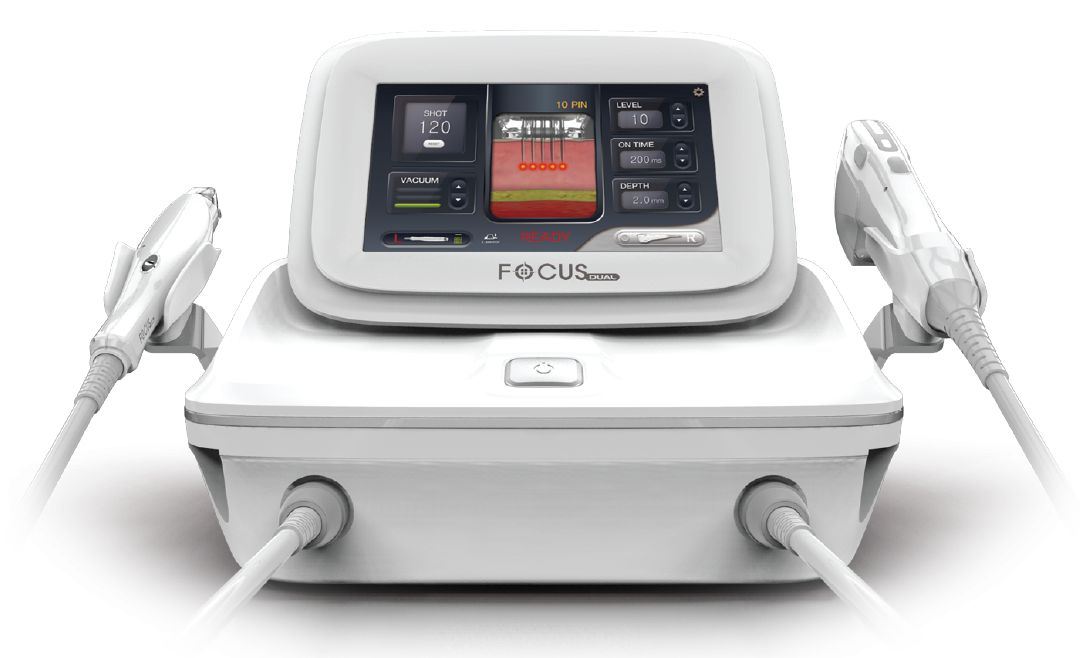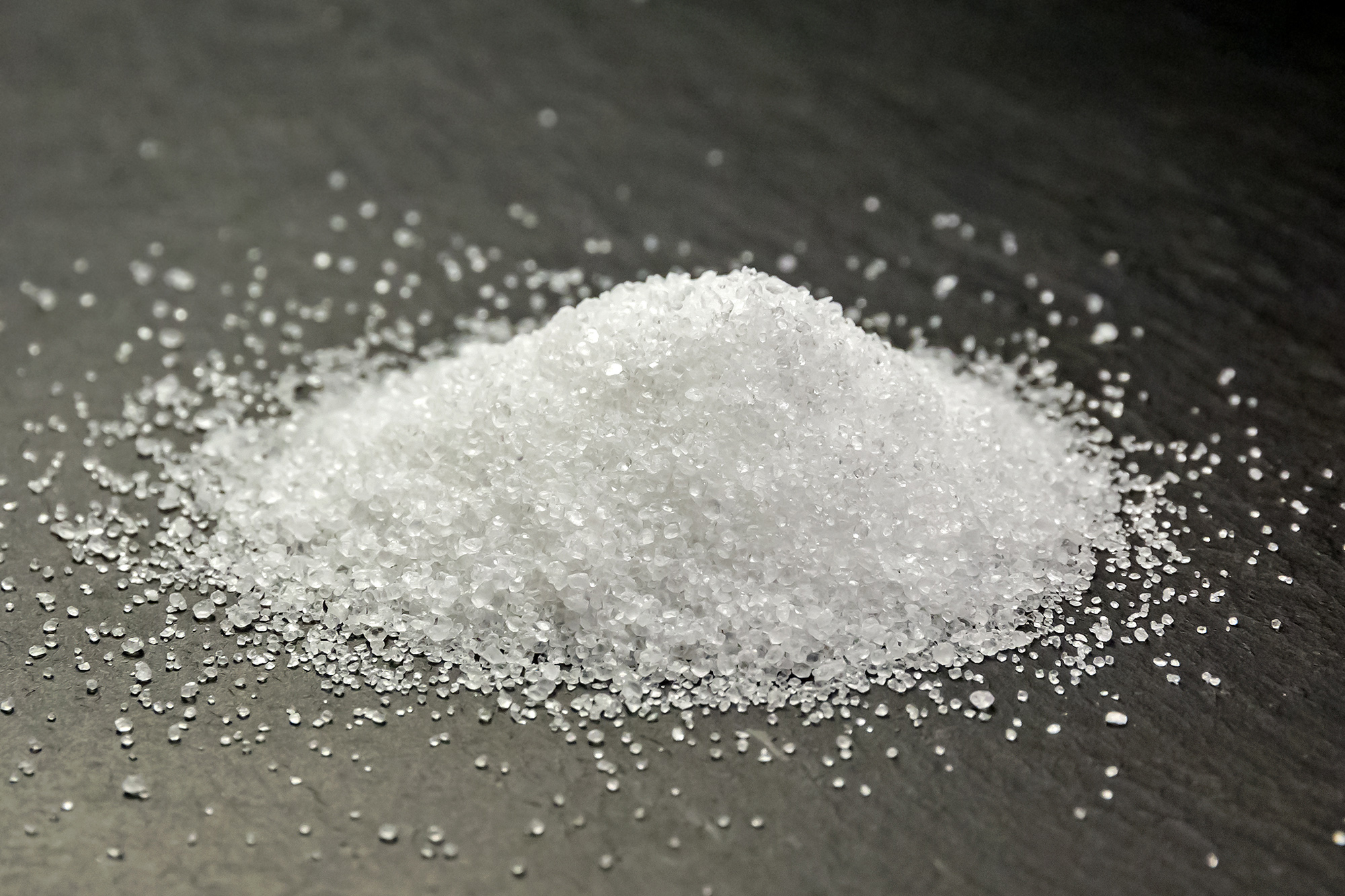Formerly, when the dental pulp of a tooth became inflamed, the dentist proceeded to extract it to treat this pathology. Today we can preserve the tooth thanks to root canal treatment, or root endodontics.
In this article, we want to explain clearly what this treatment consists of, and why it is important for your oral health.
What is dental pulp?
The dental pulp is found inside our
teeth is composed of nerves, blood vessels, and connective tissue, and extend from the root located in the maxillary bone (end of the root portion) to the crown.
What may happen if the dental pulp gets hurt?
The dental pulp can suffer alterations for different reasons, generally, it is caused by a fracture in the tooth, or by the presence of deep caries.
When the nerve suffers some alteration, it dies, and when this happens, it is when the bacteria gain access to its interior, thus causing an infection that we must treat.
If the infection of the dental pulp is not treated, an accumulation of pus will occur at the end of the root (abscess), which can damage the bone structure that surrounds the tooth.
How can I know if I need root canal treatment?
The symptoms that indicate the need for this treatment are usually: pain, prolonged dental sensitivity, change in color of the tooth, and inflammation and sensitivity in the gums.
However, there are times when none of these symptoms are manifested, so the best way to know if we need this treatment is to keep our regular check-ups up to date at the dental clinic, where thanks to a check-up and an X-ray we will be able to know if our dental pulp is healthy, or we require this treatment to preserve our teeth.
What is root canal treatment?
The root canal treatment consists of the elimination of the dental pulp, and the disinfection of the cavity in the tooth, for its subsequent filling and sealing. Finally, a reconstruction of the dental piece is carried out, to ensure the functionality of the piece and its aesthetic coherence with the rest of the dental pieces.
What should I do to be ready for a root canal?
Your dentist will tell you how to prepare for the procedure. To examine the area, he or she will use x-rays. The images will show how severe the infection is and will help the dentist know the size and shape of the root canals. To keep you pain-free throughout the treatment, a local anaesthetic will be administered. Antibiotics may also be administered to you in order to assist you avoid a bacterial infection.
If you have a dental filling or other dental device in your tooth, your dentist will remove it. Around the tooth, a rubber film will be applied. The blade helps prevent saliva from entering the root canal. It also helps prevent you from breathing in or swallowing liquids or small pieces of tooth. Your dentist may remove the crown that covers the tooth with a dental drill. The pulp and root canal may potentially be accessible by drilling a hole in the crown.
What happens during a root canal treatment?
Your dentist will insert instruments into the root canals. With the tools he will remove the affected pulp of the tooth with cleaning liquids. He may take an X-ray to check for more pulp to remove. Your dentist will remove the remaining pulp from the root canal. The dentist will clean the open root canal with a germicidal solvent as soon as all of the pulp has been eliminated. The root canal will be dried and a dental filling will be placed inside the root of your tooth.
A temporary or permanent crown will be placed on the tooth by your dentist. You may also fill the root with a steroid paste to relieve any inflammation in the Root Canal Removal Tampa.
What happens after a root canal treatment?
You may have some pain after the procedure. This is common and will pass in a few hours. Your dentist may prescribe pain relievers or recommend an over-the-counter pain reliever, such as a nonsteroidal anti-inflammatory drug (NSAID). Ask your dentist when you can eat and drink again. Ask about any special instructions regarding the care of your tooth after root canal treatment. If a temporary crown is used, your dentist will replace it with a permanent one about 1 week later.
What are the risks of root canal treatment?
The cleaning fluid used to clean the root canal can get into nearby tissues and cause swelling, bruising, or an infection. The tip of the dental instrument can get stuck in your root canal, or you can swallow the tip if it falls into your mouth. You may develop a fistula (opening of abnormal tissue) between the root of your tooth and your sinus. The affected tissue may not have been completely removed. The root may not have been completely filled in, or the seal may not be tight. This means that germs can get on your tooth and cause an infection. You may need to have another root canal done or have your tooth extracted.











